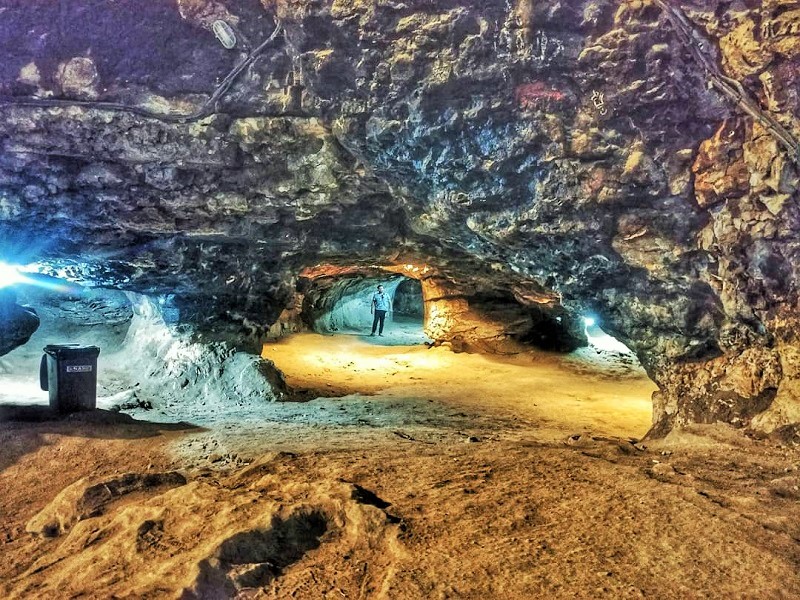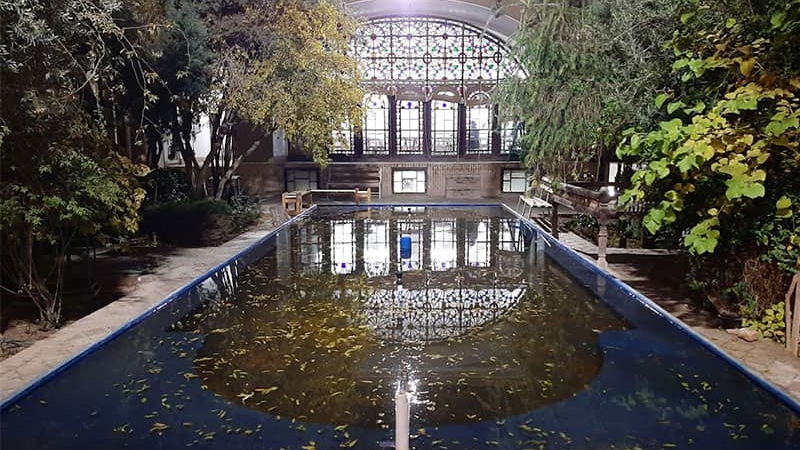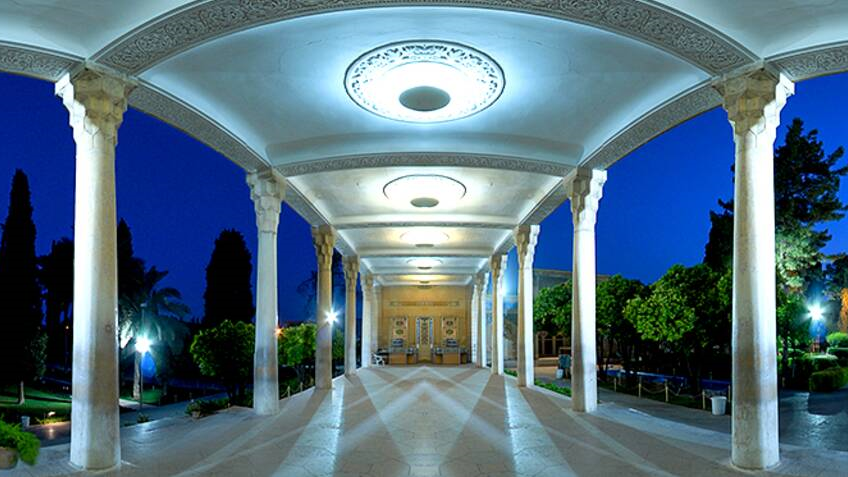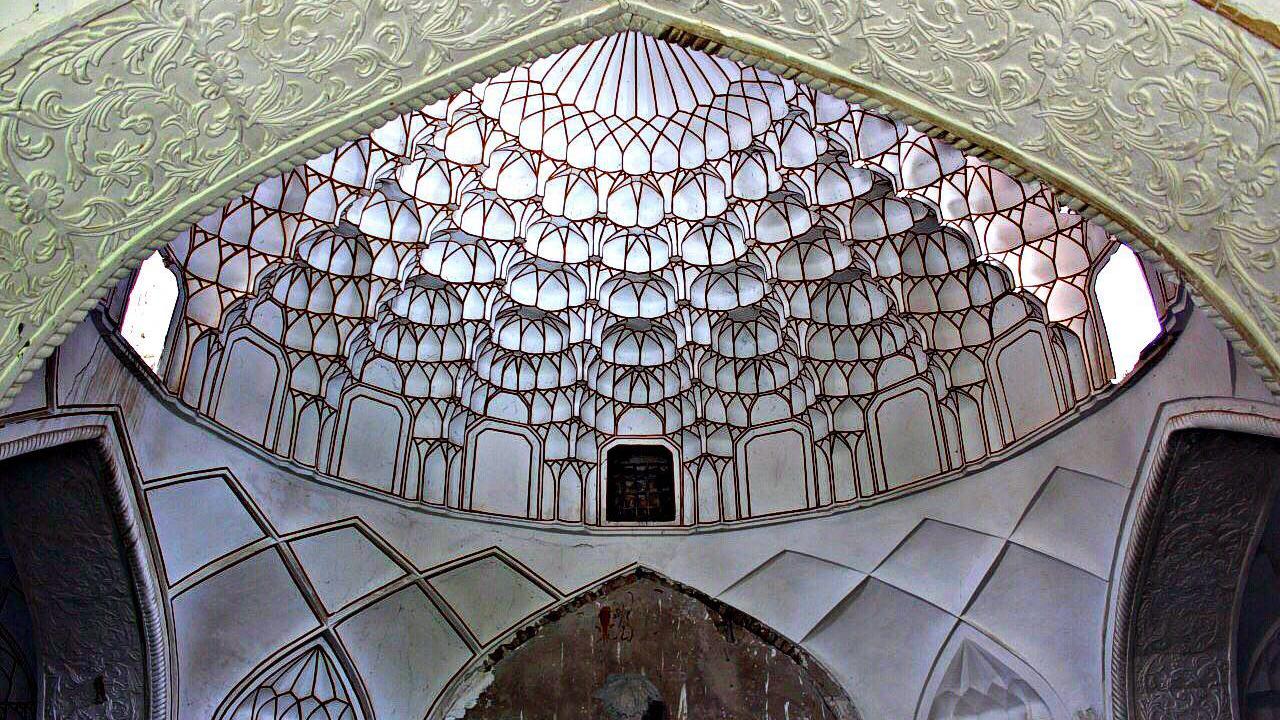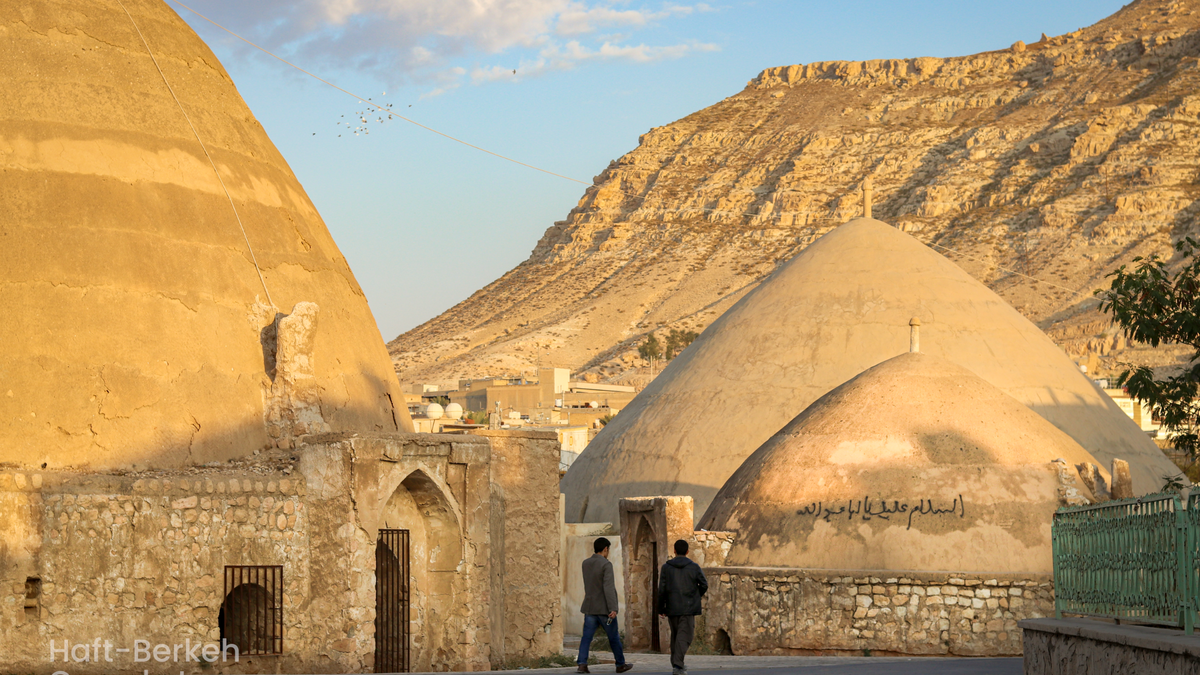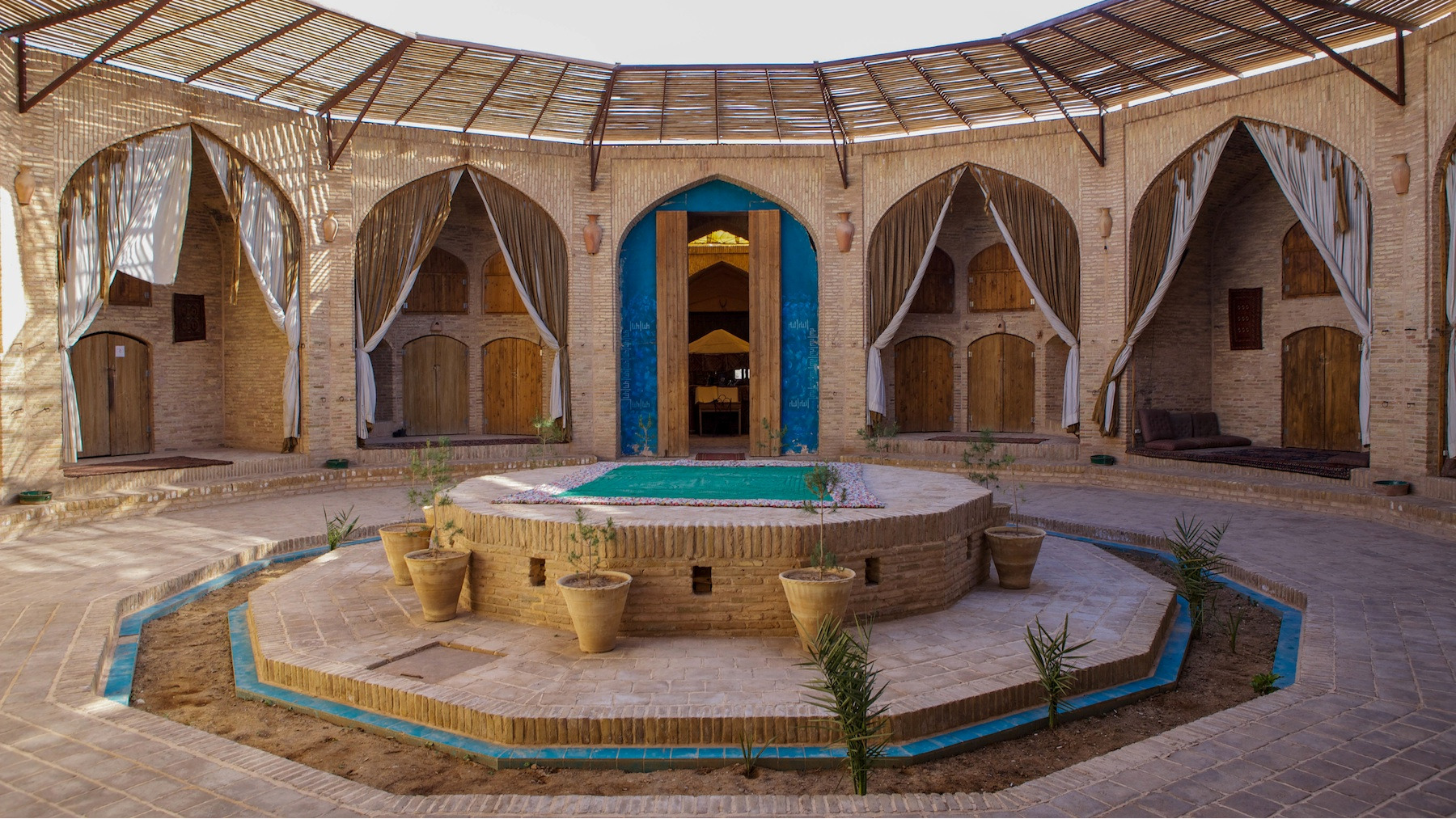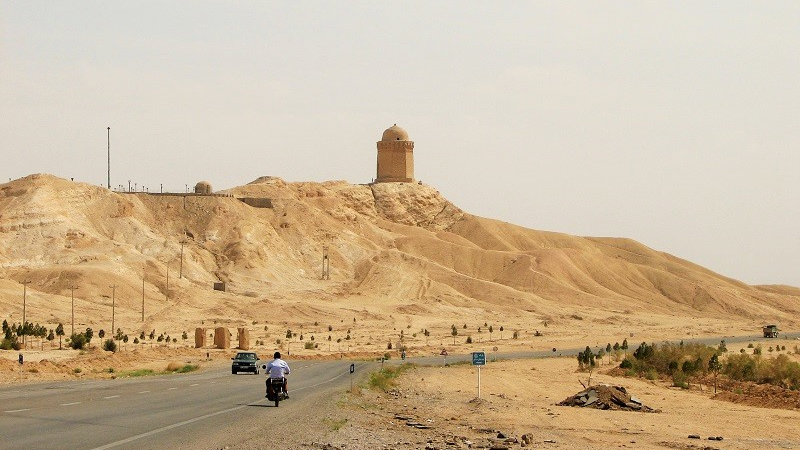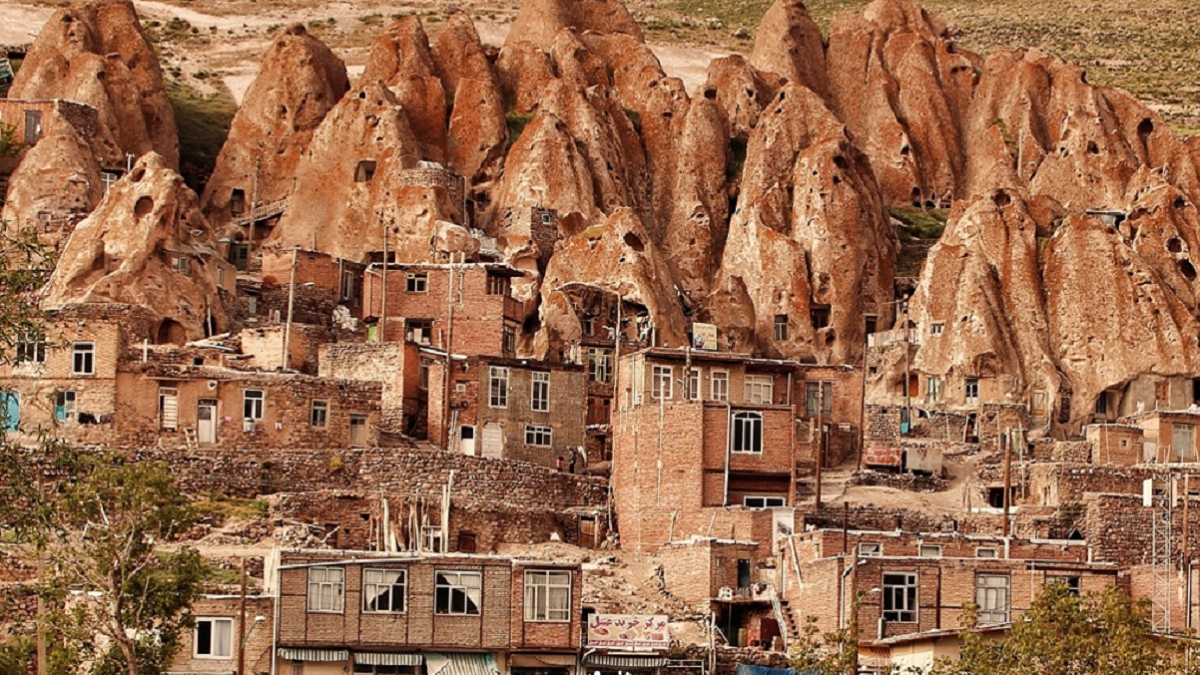
Three Historical Sites that Depict the Rise and Fall of the Achaemenid Empire
The rise and fall of the Achaemenid Empire is the story of 220 years of ancient Iranian history. Cyrus II, also known as Cyrus the Great founded this dynasty in 550 BC. Cyrus’s maternal grandfather, Astyages, was the last king of the Median Empire, and his great-grandfather, Achaemenes, was the founder of the law of inheritance among the Persians.
Based on what is left from the time of Cyrus the Great, he presents himself as a king who ruled according to morality and merit and who treated those who were defeated in war with him with kindness. His statement, which was written on a clay cylinder and discovered in ancient Babylon, is the first declaration of human rights in the world.
To know more about the rise and fall of the Achaemenid Empire, we can examine three of the buildings left behind by this dynasty, which are indicative of the history of their rule.
Pasargad and the Rise and Fall of the Achaemenids
Cyrus the Great dethroned the last Median king, Astyages, in Pasargad and founded the first Persian Empire in the same region. After his death, he was buried in Pasargad. Cyrus’s Palace was also located one kilometer north of Pasargad. Many gardens have been created around this building, which represent the first types of Iranian gardens.
This was the first time that stone columns were used in Iran. Before that, pillared halls were built with mud brick walls and wooden columns. This innovation led to the construction of stone platforms, stairs, floors, and decorations.
Persepolis, the Symbol of Achaemenid Glory
If you are looking to see the stages of the rise and fall of the Achaemenid Empire, you must visit Persepolis. This place is located 60 kilometers south of Pasargad. After Cyrus the Great, Darius I became the king and was called Darius the Great. He built Persepolis, comprising a series of special and residential palaces, treasury buildings, and defense infrastructures.
The main gate of the palace was located in the south and entering it required passing a staircase. As soon as entering Persepolis, one will see a large rectangular block with three cuneiform inscriptions with the name of Xerxes on it. These three inscriptions, one written in ancient Persian, one in Elamite, and the other in Babylonian languages, introduce the purpose of building the palace, its builders, and the thoughts of Xerxes.
The Gate of All Nations is one most attractive parts of Persepolis, which was built by Xerxes at the height of the Achaemenid period. The public palace of Darius, the exclusive palace of Darius, the palace of Xerxes, the central palace (Tripylon), and the second largest palace of Persepolis with a hundred-columned hall are different parts of Persepolis. In the Hundred Column Palace, there was a square hall with 10 rows of 10 columns. This palace was standing until 330 BC but was looted and set on fire during Alexander’s attack on Iran. However, the remains of this palace still amaze everyone.
The territories under Darius the Great’s rule had made the Achaemenid Empire the largest empire in human history.
Naqsh-e Rostam; the Burial Place of Great Emperors
In Naqsh-e Rostam, one can get to know about another part of Achaemenid history and experience another aspect of the rise and fall of the Achaemenid Empire. This historical monument was created towards the end of the Achaemenid Empire when it was approaching its decline and fall. Naghs-e Rostam is located five kilometers northwest of Persepolis and houses the stone tombs of several ancient Iranian kings.
The best samples of Iranian petroglyphs left from the Achaemenid and Sassanid eras can be seen in Naqsh-e Rostam. The tomb of the Achaemenid kings was created inside the rocks and Darius the Great, Xerxes, Ardashir I, and Darius II were buried there. Due to its importance, Naqsh-e Rostam was considered a center for performing special programs until the 7th century AD and was of a sacred aspect for the Sasanians.
The territories under Darius the Great’s rule had made the Achaemenid Empire the largest empire in human history.
| Name | Three Historical Sites that Depict the Rise and Fall of the Achaemenid Empire |
| Country | Iran |
| State | Fars |
| City | Shiraz |
| Type | Historical |
| Registration | Unesco |

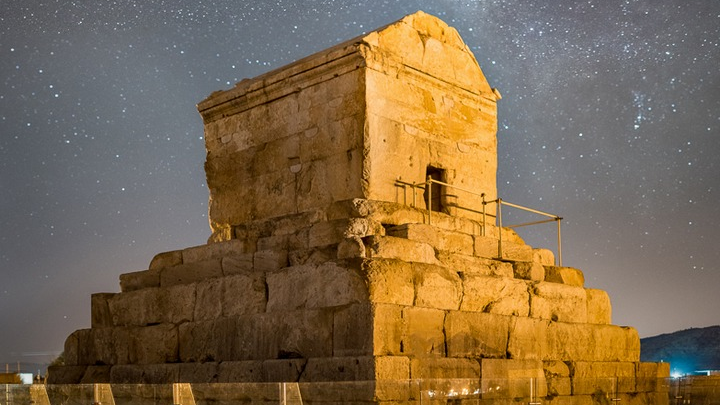


Choose blindless
Red blindless Green blindless Blue blindless Red hard to see Green hard to see Blue hard to see Monochrome Special MonochromeFont size change:
Change word spacing:
Change line height:
Change mouse type:
